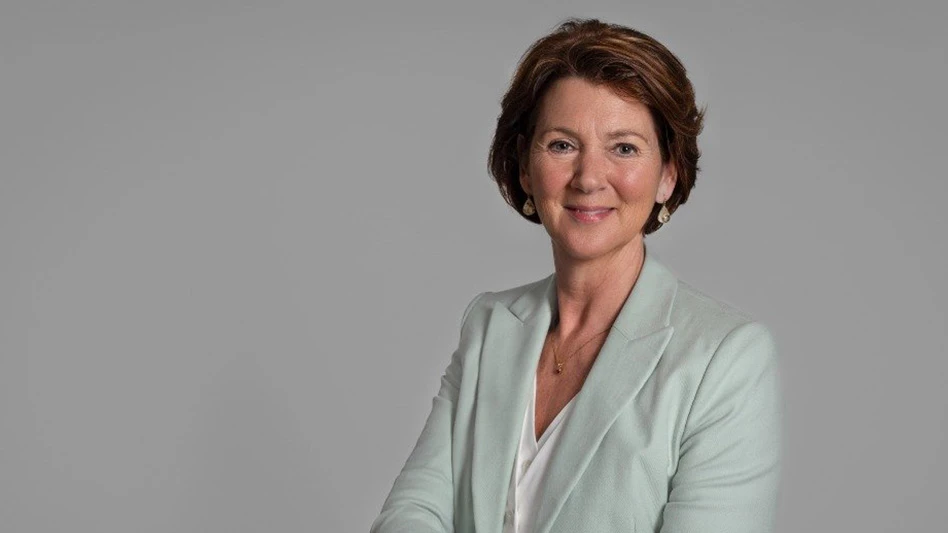 In the history of recorded time, no customer has ever said, “Your price is too high,” and meant it.
In the history of recorded time, no customer has ever said, “Your price is too high,” and meant it.
Even though it is the most frequent objection that salespeople hear, the price objection is not valid. So, when the customer mouths the words, “Your price is too high,” what are they really trying to say? It can be one of a number of things, such as:
“I don’t perceive the value to be higher than the cost.”
“I don’t see any difference in your offering and your competitor’s.”
“I don’t think my problem is as expensive as your solution.”
You will notice that the word price does not appear in any of these responses.
There are two ways to sell: value-added selling and commodity selling. With commodity selling, the customer assumes all offerings are the same and so the sale defaults to the vendor with the lowest price. In value-added selling, the customer perceives there is a difference between the offerings and makes their buying decision on cost, not price. Customers will perceive this differentiation when the sales professional has done their job.
The only relationship that exists between cost and price is an inverse relationship. The item with the lowest price tag typically costs the most. As an example, you can purchase a shirt for $40 or for $8 – which costs the most? The price difference is obvious but which one will last longer, look better, feel better, etc.?
Sales is a science, not an art. As such, successful selling follows a process. In quality terminology, this is known as standard work. Even though every salesperson is different and every customer is different, there are still measurable steps your salespeople can follow that will drive the sales process away from price and toward value.
There are five principles behind a successful value-added sale. As a memory aid, these steps follow the letters in the word P.L.U.S.H. When used effectively, you can overcome or even eliminate the price objection. What would it be worth to you to never hear the price objection again?
P – positioning
Begin by talking to the right person. Many purchasing agents use price as the primary differentiation so who else could you sell to in the client’s organization? Identify the person or department that will benefit most from what you are selling and sell to them. The purchasing agent may have been given the buying criteria from someone in another department. In that case, the buyer may not understand what they are buying well enough to alter the criteria – even if when what you bring to the table is better.
Find the right person and then ask the right questions.
L – listen
It is amazing what people will tell you, and it is amazing what people will give you if you just ask. The secret to successful selling is the ability to ask the right questions the right way to determine the customer’s real buying criteria.
Most customers do not know what they want. They will buy something that is not the best solution for them and they do so based on their limited understanding of what they are buying. Can you keep up with all of the changes that are happening in your market, industry, competitor’s organization or technology? What makes you think your customer is keeping up?
It’s virtually impossible for the human mind to ignore a question. When you use questions, you will engage your customer’s subconscious mind and make an impression. Stop talking, ask questions and listen.
U – unique
What really makes your product, service or organization unique? If someone asked you what made your product or service different, what would you say? If you were to use words like quality, service, people, etc. you would actually be commoditizing yourself. How many of your competitors are using those same words? Even though your service or quality levels are measurably higher than those of your competitors, using the same words they are using dilutes the value of the differentiation.
What really makes you different? Ask your existing customers.
S – solution
Every trained salesperson has learned some aspect of solution selling. It is the backbone of most sales processes. In value-added selling, sales professionals take it to the next level. They begin by asking some version of a common question: “What are the top three problems facing your business right now?” Seasoned salespeople have learned that the customer will rarely tell them what the problems are, even when they try. They will answer, with something like, “Our sales are down,” “Our attrition is too high,” “Our manufacturing costs are up.” None of those are problems. They are all symptoms. Something is driving their decreased sales, their attrition and their increased costs. The value-added sales professional understands this. Rather than arguing with the customer – “Isn’t that really a symptom, Mr. Customer?” – and rather than offering a solution, the professional takes two more steps.
The next step is to qualify the problem by asking the customer how and when the problem manifests itself. Then, the sales professional asks what the cost is for each manifestation. By the time this line of interest (not inquiry) is complete, the salesperson and the customer will have a clear understanding of what the real problem is and what it is costing. When the salesperson quotes their price, it is in comparison with the real cost of the problem it will solve.
H – help
Helping means doing everything the customer asks – and then some – and getting credit for it. Known as the “extra mile,” it is probably something your organization is already doing. Your customer may not appreciate your extra efforts because they do not know you are doing it. Brag about yourself.
To overcome or eliminate the price objection, make sure you are talking to the right person, asking the right questions to show which of your specific differentiations are most viable for them. Then justify your higher price by quantifying your value. Keep your customer and earn referrals by going the extra mile.
Chuck Reaves helps companies raise their prices and volumes simultaneously through innovative processes, tools and training. Along with pioneering many advanced sales tools and processes, Chuck’s achievements include Vistage’s ‘Impact Speaker of the Year’ honors and being named the top salesperson for AT&T. For more: www.chuckreaves.com.

Explore the January 2015 Issue
Check out more from this issue and find your next story to read.
Latest from Greenhouse Management
- Grant awarded to test western U.S. wood species for use as wood fiber potting substrate
- Pennsylvania Horticultural Society announces 2025 Gold Medal Plant winners
- Oasis Grower Solutions announces new Southeast territory sales manager
- A nation of gardeners: A history of the British horticulture industry
- Last Word with Angela Labrum, Bailey Nurseries
- Iowa plant supplier Plantpeddler building retail complex
- This month's Greenhouse Management magazine is about native plants and sustainability
- The HC Companies, Classic Home & Garden merge as Growscape





